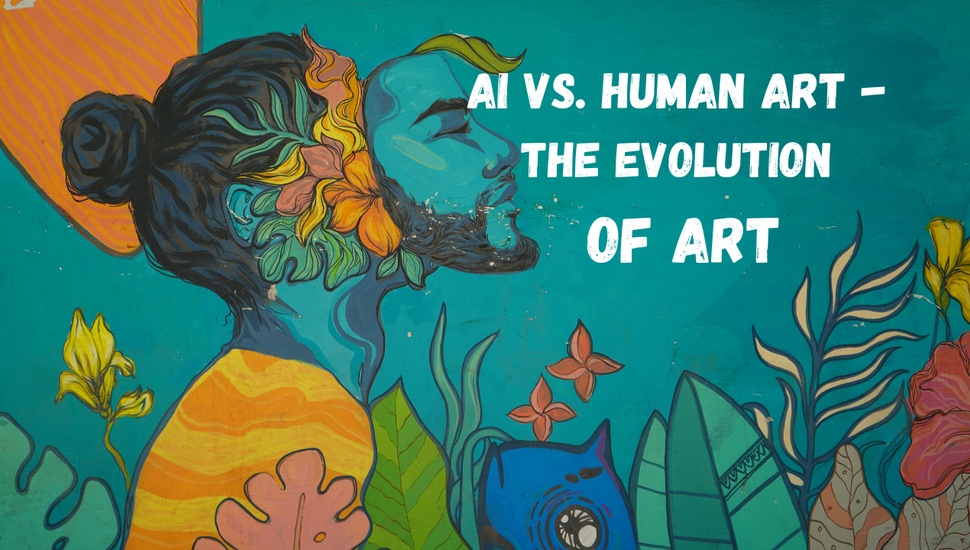
By darakshan
GuideEarly human art tells stories about history and lost civilizations. Art is a very important aspect of human life. There are so many reasons that humans create art which might take years to understand. Since prehistoric times, people have taken inspiration from their surroundings and created something unique in art. The origin of art is much ancient and lies in Africa. The early known evidence for 'artistic behavior' is - the human body in which the beads and ochre were used.
However, today's art has evolved with technological advancements and tools to create vector, 2D, and 3D art. With the advancement of technology, people are using AI-generated art.
In this article, we will discuss AI-generated and human art and see the difference and how it evolved.
As we go back in the prehistoric era, we see that our species, Homo Sapiens, first appeared 200,000 years ago during the Paleolithic period - which means Old Stone Age. This is because during that time we started using tools and weapons. As those were the first time tools were invented, they were quite heavy and distorted. But how do we know what the tools looked like? This is because of the painting and cave drawings that were found.
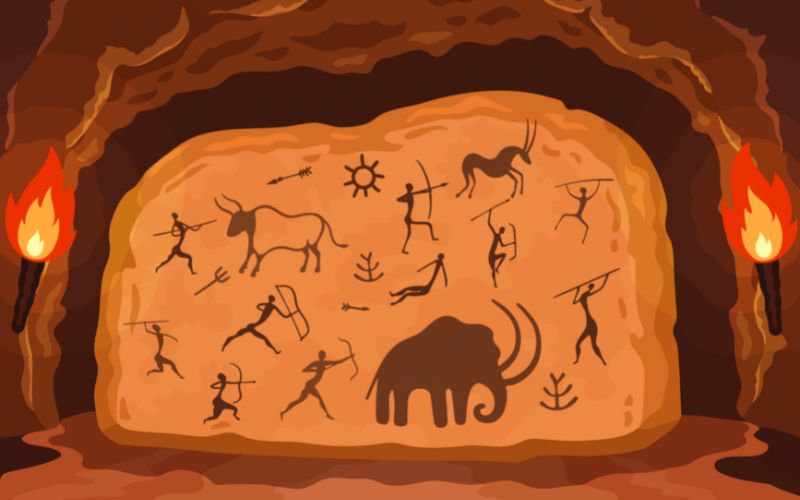
Primitive forms of art were bone carvings and cave paintings. But there is more to it, and it has yet to be confirmed to which era those belonged. There is geometric art, and naturalistic art found that focus on nature, events of life, etc. People back then also used clay and figurines to showcase their creativity and called it art. The oldest painting found was in the cave in France called Chauvet-Pond-d'Arc, in 1994.
Now comes the Neolithic Era, in which people started using metal tools. The development started about 15,000 BC. This era was defined by the end of the Stone Age and the start of a more sedentary life - the first forms of farming.
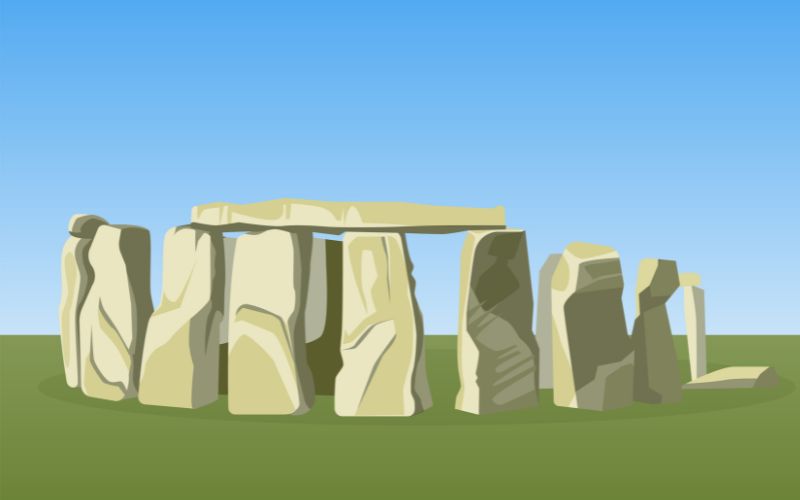
In this era, most of the art was inspired by daily events. The need to move from place to place was not there during this period. People invested lots of time creating larger objects such as - megaliths. Megaliths were created using large boulders and stones.
Artificial Intelligence has been portrayed in several manners - where machines can think freely, learn new things, adapt to human nature, and many more. Also, they have been pictured as benevolent as WALL-E or as malevolent as Ultron. So, when we hear about AI generated art, we think of the major setback that technology offers.
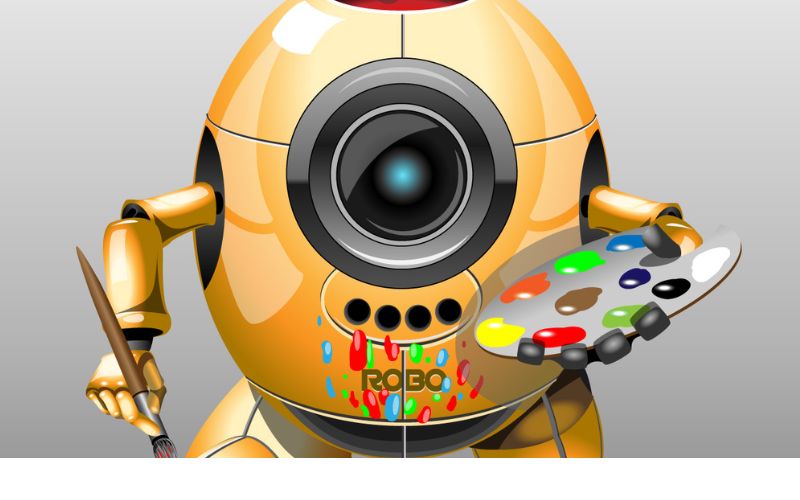
In 3000 B.C., the ancient Inca used Quipu or talking knots to collect and store data on everything discreet from the military organization. This practice has been used since before algebra was born. It was not only aesthetically pleasing but also logically robust.
Later in 1842, Ada Lovelace, often known as the mother of computer science, was helping researcher Charles Babbage publish the first algorithm when she wrote something about poetical science - imagining a machine that could have an application that a standard computer wouldn't have. She also added - Could computers be used to make art?
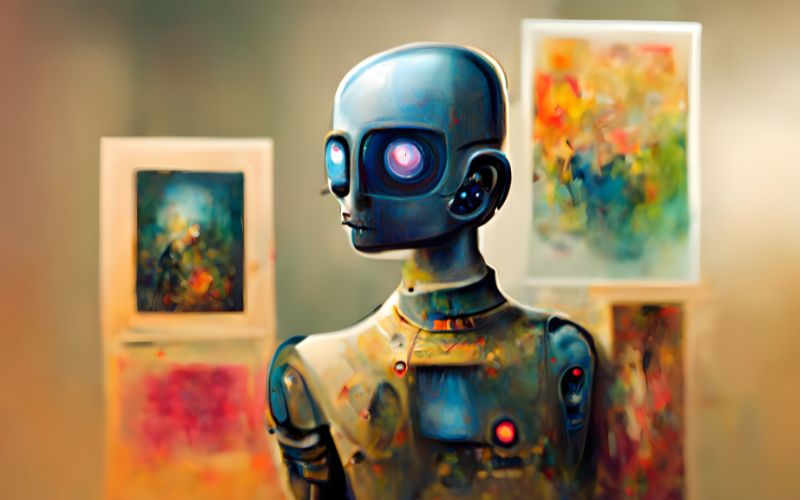
In 1929, the reading machine was invented - an unprecedented step toward the evolution of computers and prompted conversation. Several innovations and creations in between led to the development of art using artificial intelligence using A.I. graphics. Now people are implementing machine learning and the A.I. to generate more realistic images.
Today social media is flooded with A.I. generated images. Though computerized art started to come into the picture in 1843, the revolution of A.I. art began in June 2020, when OpenAI achieved a breakthrough with GPT-3. With GPT-3 you can process much more complicated languages, have conversations with them, and generate thousands of articles, stories, jokes, etc.
Now that they have achieved the milestone of interacting with the machine. They have turned their hands to creating images. The company created a system called DALL E in 2021 and fed it with several texts and information with descriptions to create new images. This was then improvised in July 2022 and named DALL E 2, a significant breakthrough - it can generate high-quality, detailed images. Here's an image created by DALL E2.
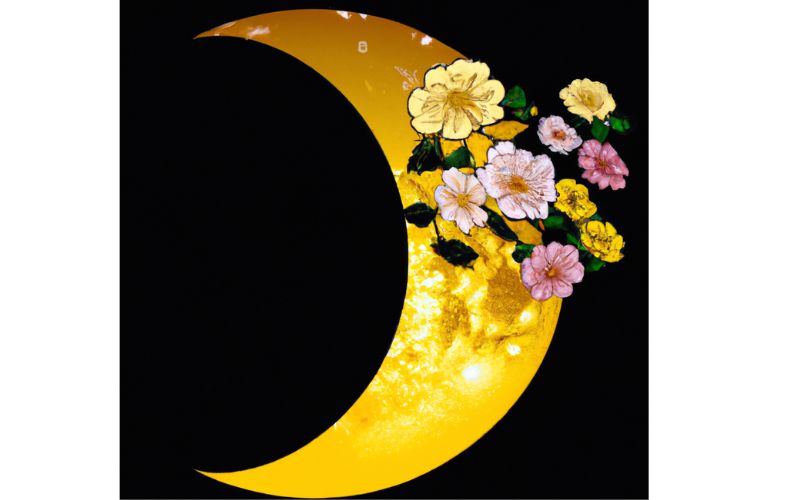
After their success, many competitors, such as Craiyon, Midjourney, and many more, entered the market. Apart from this, Google also has its own text-to-image concept called Imagen.
With several new technologies, it is hard to predict what is next. Today you can create art by just entering text or with one click. But does that mean human art creativity is at extinction? Well, some say yes. The evolution of art has been a great breakthrough in this century. However, because of applications like DALL E, Craiyon, etc., there will be no number of graphic designers all over the internet. However, some say that the history of human creativity will always find a way. There's a thin gap between a machine and a human mind, which can never be filled.
Human art has come a long way. From Paleolithic Era cave art to A.I. designs - art has evolved many times. Also, A.I. can never replace humans. Instead, collaboration would be required for A.I. to work efficiently.